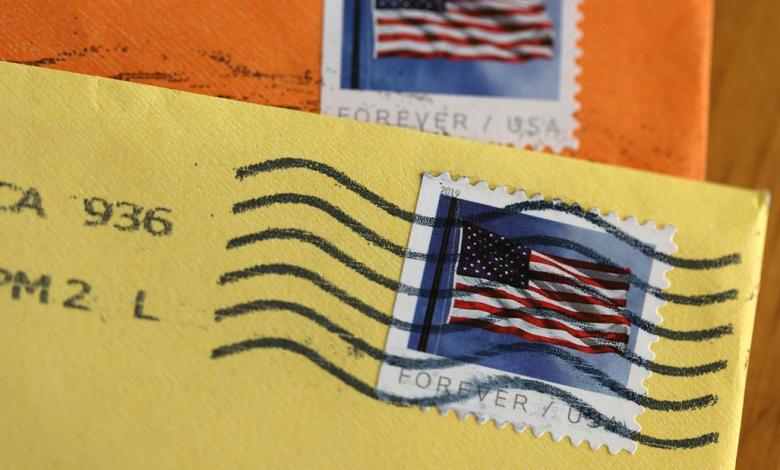On Monday, the US Postal Service announced that it has notified its regulators of its intention to increase the cost of first-class stamps from 63 cents to 66 cents.
If approved, the modification would take effect in July and raise first-class letter postage rates by roughly 5.4%. The postal service claimed that the increase was required to balance a rise in operating expenses.
Rising prices have impacted business across the global economy over the past two years, driving up workers’ wages and raising the cost of doing business. Although inflation has cooled over the past nine months – prices rose by 5% on an annualized basis last month – it remains above the central bank’s target of around 2%.
“These price adjustments are necessary to bring much-needed revenue to the postal service,” the agency said in a statement.
If the latest increase is approved, it would represent a 32% increase over the past four years.
Domestic postcards will also increase from 48 cents to 51 cents and international postcards from $1.45 to $1.50.
It’s rare, but not uncommon, for regulators to deny USPS requests; they did so in 2010. The Postal Regulatory Commission declined to raise rates because, according to its statement at the time, USPS “failed both to quantify the impact of the recession on its finances and to show how its rate request affected the resulting Loss relates to mail volume.”
First class mail is becoming a smaller and smaller part of postal services business due to online communication. The number of individual letters sent each year has roughly halved in the last ten years.
Postmaster General Louis DeJoy, who was appointed during the Trump administration, made sweeping changes during his tenure to try to bolster the agency’s finances. USPS expects to lose $4.5 billion in 2023.





